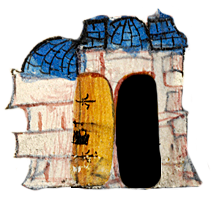
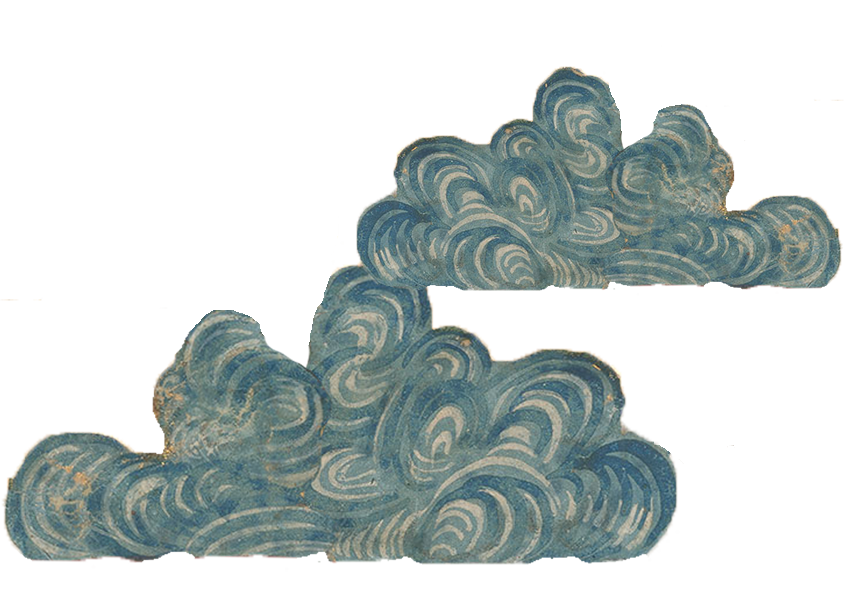

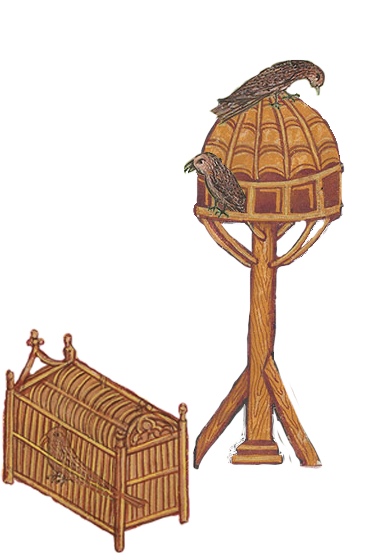
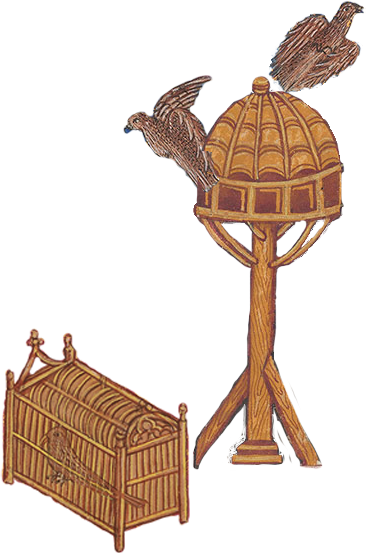
Prithee
fray nat the birdes.






Come yn, 'tis colde withoute.


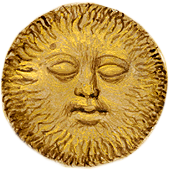
Wellcome,
this place knoweth not Zuckerberg.
This place was enspyred
by blamensir's merveillous site.

